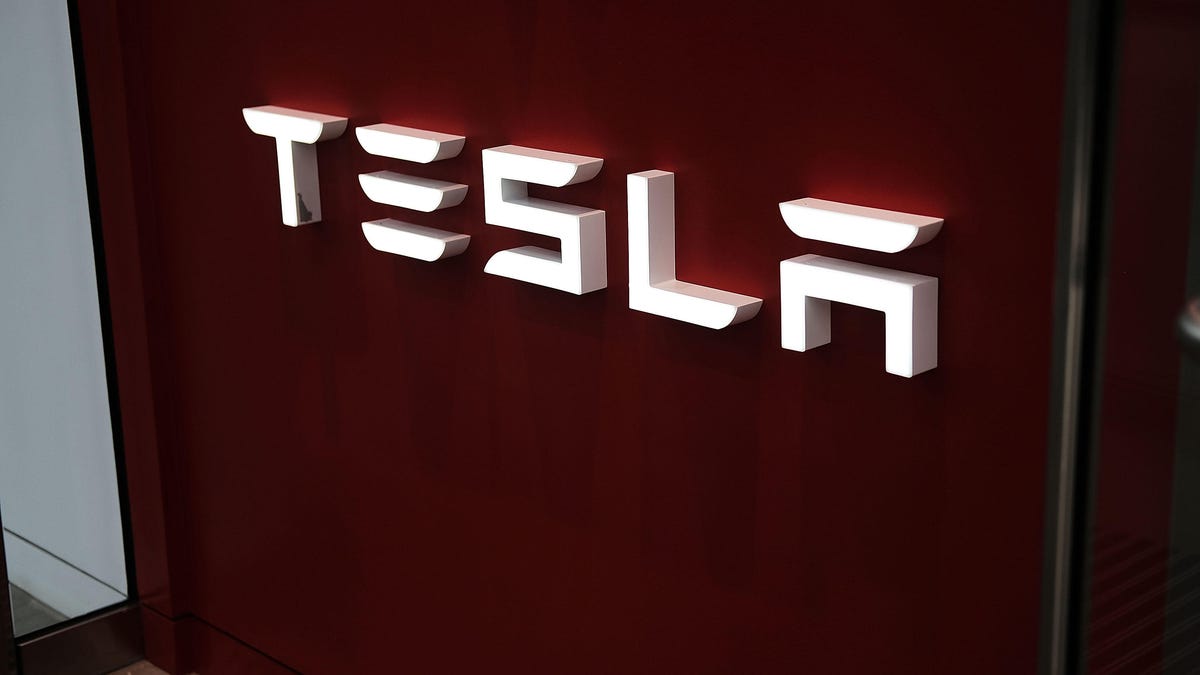Tesla plans software update to clarify what 'hold the wheel' really means
According to a tweet from Elon Musk, drivers need to apply up or down pressure and not "white-knuckle grip" the wheel.

Tesla's AutoPilot engineers have been pushing out updates to make sure drivers pay attention to the road when using the driver assistance system. It did this by flashing warnings to "hold the wheel," which both confused and frustrated drivers who responded by death-gripping the wheel, to no avail.
Tesla is now planning on updating its "hold the wheel" message to clarify that drivers need to apply slight upward or downward pressure to let the system know that they're engaged, according to a tweet by Tesla CEO Elon Musk .
Tesla's Autopilot recent updates feature warnings for drivers to "hold the wheel," which some find confusing.
The warnings, which came out with Tesla software version 2018.21.9, are presumably Tesla's response to a string of Autopilot mishaps, some of which have resulted in fatalities. The problem of keeping drivers engaged when a system like Autopilot is on is something that many companies offering ADAS features have struggled with.
The slight upward or downward steering wheel pressure needed to keep Autopilot happy has been the target of lifehacking by enthusiasts (and dummies) who have employed everything from citrus fruit to expensive steering wheel weights to prevent them from having to actually drive on their morning commutes.
Will be adjusting screen alert to clarify that we mean “slight up or downward force on the wheel”, not really “hold the wheel”
— Elon Musk (@elonmusk) June 13, 2018
Most ADAS systems like Honda Sensing and Nissan ProPilot Assist require the driver to hold or nudge the wheel to prove they're engaged, but currently, GM's Super Cruise system is the only ADAS suite on sale in the US that actively monitors driver attention with cameras to make sure that it isn't being outsmarted by fruit.

